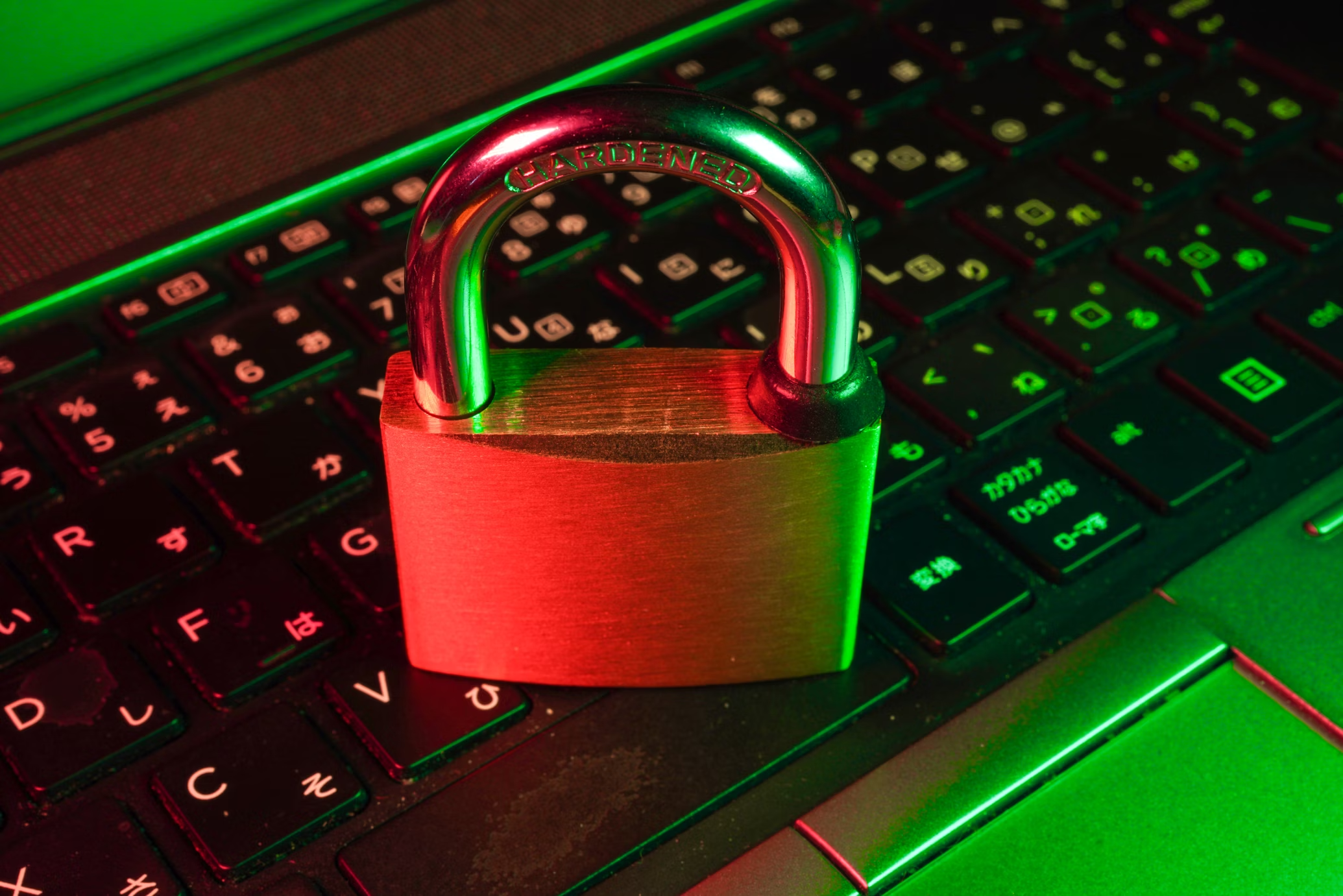With the increasing sophistication of cyber threats, safeguarding your email communications has become more critical than ever. Phishing attacks, which aim to steal sensitive information through deceptive emails, are a growing concern for both individuals and businesses. Implementing effective strategies is essential to protect your digital communications and personal data.
Email has become a prime target for cybercriminals, with phishing attacks exploiting the vulnerabilities of unsuspecting users. These attacks often involve fraudulent emails designed to trick recipients into revealing personal information, such as passwords and financial details. As these threats continue to evolve, incorporating robust defenses like email encryption software is crucial. By encrypting emails, you can secure confidential information from unauthorized access, ensuring that sensitive data remains protected.
Recognizing phishing attacks
Phishing attacks are fraudulent attempts by cybercriminals to acquire sensitive information by posing as trustworthy entities. These attacks typically occur through email, where attackers use deceptive messages to lure recipients into revealing personal details. Common tactics include fake login pages or links that download malware onto the victim’s device. Understanding these strategies is vital in recognizing potential threats.
Phishing attacks are prevalent, and cybercriminals continuously refine their methods, making it challenging for users to distinguish between genuine and fraudulent communications. By mimicking legitimate organizations or individuals, attackers increase the likelihood of their targets falling for the scam, leading to severe consequences such as identity theft and financial loss.
Being aware of phishing tactics allows you to be vigilant in identifying suspicious emails. Look out for signs like unsolicited requests for personal information or urgent messages urging immediate action. Additionally, verify the sender’s email address and scrutinize any unexpected attachments or links before engaging with them.
Advanced phishing techniques now include spear phishing and whaling attacks, which target specific individuals or high-level executives. These sophisticated attempts often involve detailed research about the target, making them particularly convincing. Cybercriminals may reference recent company events, use industry-specific terminology, or mention colleagues by name to create a false sense of legitimacy. Understanding these advanced tactics helps users maintain heightened awareness when handling communications that appear to come from trusted sources.
Implementing prevention strategies
To effectively prevent phishing attacks, it’s essential to adopt a comprehensive approach that includes both technological solutions and user education. One of the most reliable defenses is implementing advanced security features such as spam filters and firewalls that block suspicious emails before they reach your inbox. These tools help filter out potential threats by analyzing patterns and detecting anomalies in incoming messages.
User awareness plays a crucial role in preventing phishing attempts. Regular training sessions on identifying phishing emails can equip individuals with the skills needed to recognize and report suspicious activities promptly. Encourage employees and family members to question any unusual requests for sensitive information received via email.
Email encryption software further enhances security by ensuring that only authorized recipients can access the content of your messages. This added layer of protection prevents hackers from intercepting communication during transit, safeguarding your data from unauthorized access or alteration. For example, organizations can implement email encryption to secure communications containing sensitive client data, thereby maintaining confidentiality and compliance with data protection regulations.
Enhancing email security with authentication
Implementing secure authentication protocols is another vital step in bolstering email security against phishing attacks. Multi-factor authentication (MFA) requires users to provide multiple forms of verification before accessing an account. This additional security layer makes it significantly harder for unauthorized individuals to gain entry even if they possess a user’s password.
Strong password policies are also essential in maintaining robust account security. Encourage using complex passwords that include a mix of uppercase letters, lowercase letters, numbers, and symbols. Regularly updating passwords and avoiding reuse across different accounts further mitigates risk.
By adopting these secure authentication measures, you create formidable barriers against potential breaches, ensuring that only authorized users have access to sensitive information within your email systems.
Building a comprehensive defense system
A comprehensive defense system against phishing attacks requires combining multiple strategies to protect your digital communications effectively. Utilize advanced tools like spam filters and email encryption software alongside user education programs to mitigate risks substantially. Regularly update security protocols to adapt to evolving threats and maintain high standards of protection.
The importance of prioritizing email security cannot be overstated in our increasingly connected world. By adopting proactive measures and leveraging available technologies, you empower yourself and others around you to navigate the digital landscape safely.











